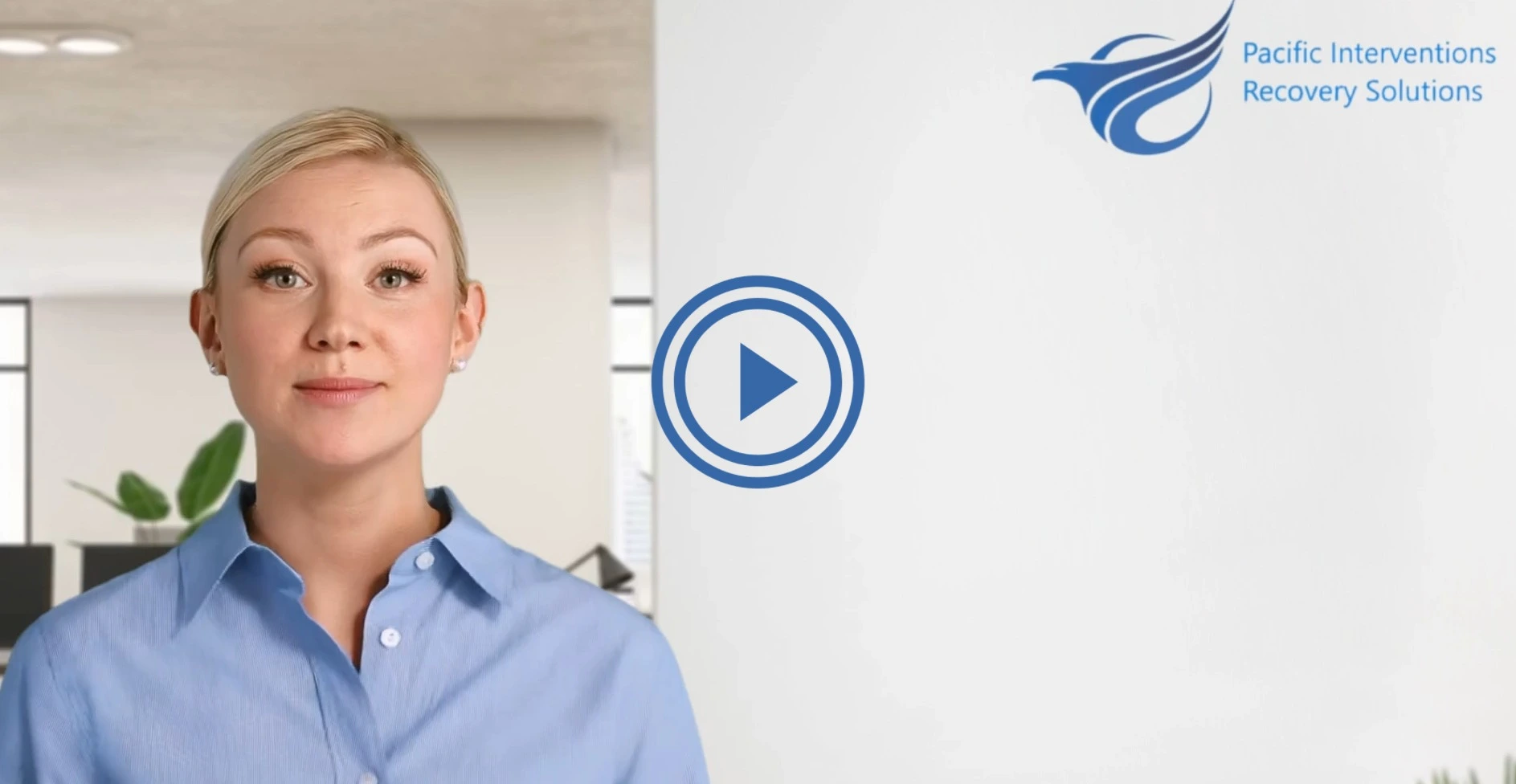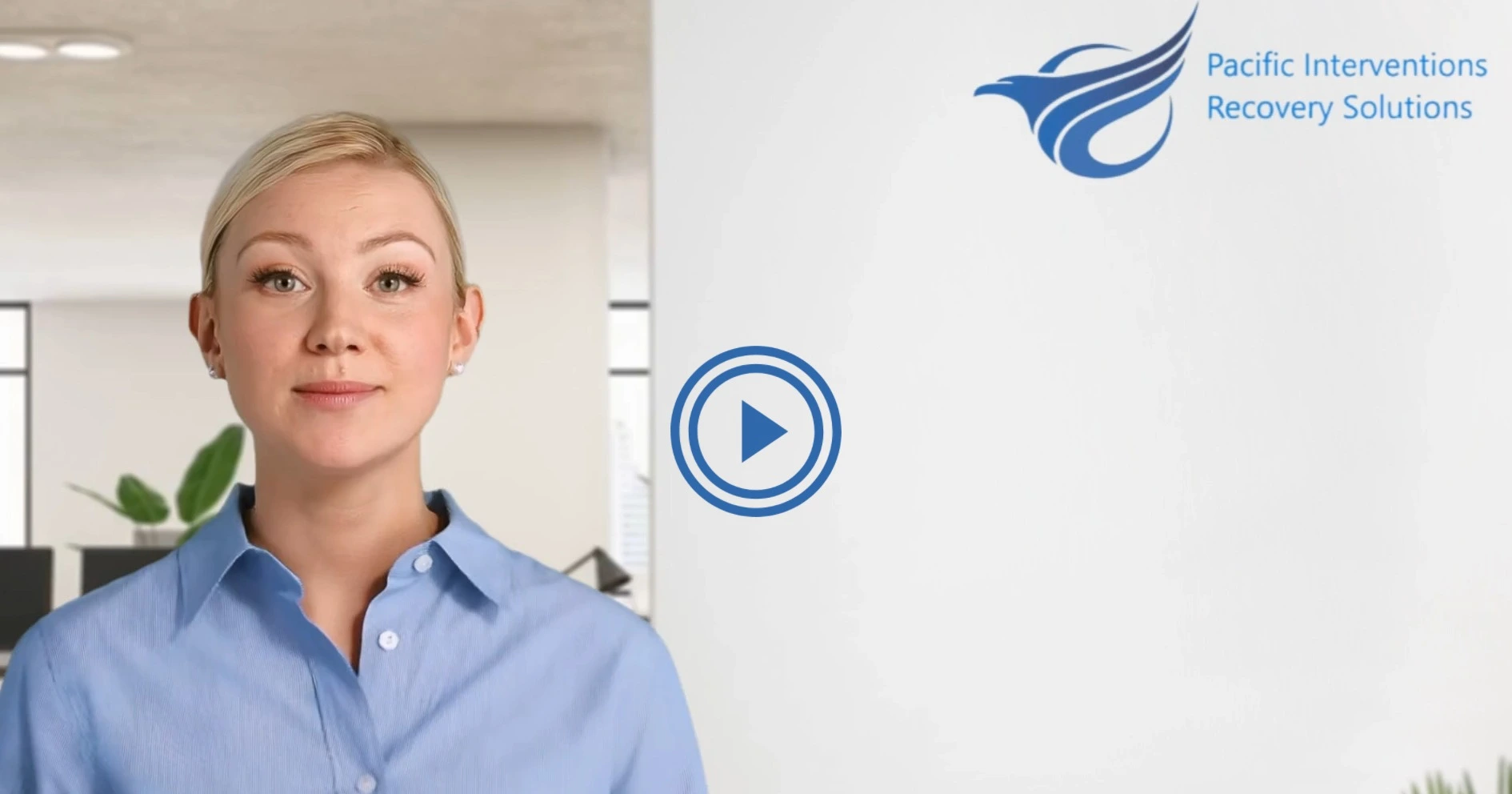Wait times for treatment need to be eliminated
Waitlists for addiction treatment can vary depending on several factors, including the type of treatment, location, and funding source. In general, government-funded addiction treatment programs tend to have longer wait times than private treatment facilities.
Why private addiction treatment wait times are shorter
Government-funded treatment programs often have limited resources, including staff and funding, which can result in longer wait times for individuals seeking treatment. In some cases, government-funded programs may have strict eligibility requirements or long waitlists for specific types of treatment, such as inpatient detox or residential treatment.
Private treatment facilities, on the other hand, may have more resources and flexibility to accommodate individual needs and preferences. They may also have the ability to offer more specialized or personalized treatment options, such as holistic therapies or luxury amenities. Private treatment facilities are typically funded through private insurance or out-of-pocket payments, which allows them to have more control over their resources and services.
Another factor that can contribute to longer waitlists for government-funded addiction treatment is the overall demand for services. Addiction is a widespread problem that affects many individuals and communities, and the demand for treatment can exceed the available resources. Private treatment facilities may be better able to manage demand because they can limit the number of patients they accept or adjust their services to meet the needs of their clients.
Addiction Treatment is a Business
The above excuses\reasons for longer waitlists for addiction treatment hold merit in certain situations. I am completely on board with addiction treatment being a business. The problem is that most people that start out in this business do it with all the right motives. Somewhere along the line, these motives change. Starting with all our decision makers and people who hand out the money for addiction services, down to the people that start up “residential treatment society’s”. There are numerous centres across Canada where you can be placed on a waitlist for a couple months if you have no money to pay for treatment, but if you have money you can be admitted the next day and receive the same services that the person who waited months to get in receives. This is where we need changes to be made. Why is one person’s life worth more than the others?
We already know that addiction costs about 40 billion annually in Canada. With alcohol and tobacco totalling almost two thirds of the costs. Currently the government will fund a person to go to treatment up to about $1500 month. Any society that operates solely on this income will survive and allow a couple people to make a living wage. While those that elect to incorporate “private funding options” will be able to provide better services with more evidence-based treatment options. Cancer treatment such as radiation carries a cost of around $10,000 per patient. These costs are fully covered. So, a cancer patient is worth more than a “drug addict” in the eyes of policy makers and health care. Even if the government was to increase funding to $5000 per month for treatment, the waitlists for addiction treatment would drop more than half and most likely reach the target goal of less than one week. This is a more realistic price point that current facilities operating both private and funded beds would be on board with. This would also allow an increase in services for many societies that are operating with the bare minimum and rely on food donations and other community services.
Canada has a long way to go with providing proper care to treat addiction. The harm reduction model we have all grown to know has shown little evidence of any improvement. It is time to re-think how we are approaching addiction. Looking at it from a communitive approach and providing more housing and safe supply is not the answer. The answer, until some magic medicine is invented, is evidence based addiction treatment followed by ongoing after-care services.





